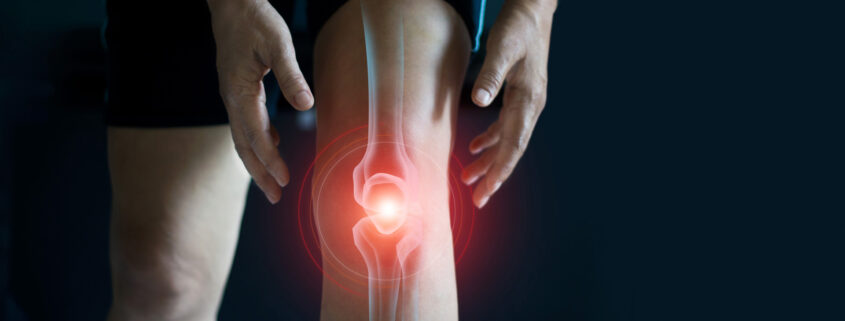The increasing costs of health care coupled with increasing knee osteoarthritis prevalence may lead to a tremendous societal economic burden in the future, according to an Arthritis Foundation report. The report also noted more than half of all individuals diagnosed with symptomatic knee osteoarthritis are in the end stage of the disease when total knee replacement is often necessary to address joint degradation and associated symptoms.
However, when patients present in the early stages of knee osteoarthritis, physicians are better able to address the disease with less expensive, nonoperative treatments. Orthotics in conjunction with weight management and physical therapy may prevent or delay the need for surgical intervention.
“I always tell my patients we should start with the cheapest, simplest, safest, least painful type of treatment so that we work our way up to more expensive, complicated, risky and painful things, like injections and, eventually, surgery,” Michael J. Stuart, MD, professor of orthopedics at Mayo Clinic in Rochester, Minnesota, told Orthopedics Today.
Nonoperative treatment for knee osteoarthritis can benefit patients by decreasing pain, stiffness, and fatigue, and improve their function by reducing the number of activity limitations, according to Leigh F. Callahan, PhD, professor of medicine and associate director of the Thurston Arthritis Research Center. She said increasing physical activity can improve balance and proprioception problems, as well as strengthen the joint, which can also contribute to better outcomes if/when a patient eventually needs to undergo a total knee replacement.
“Not only can patients do a lot of things that can improve their quality of life without surgery, if they get to the point where surgery is still needed, behavioral interventions can help them improve those outcomes, as well,” Callahan, who is director of the Osteoarthritis Action Alliance, said.
“In many cases of knee osteoarthritis where limb malalignment is present, an unloader brace can be used to transfer stress from “the bad compartment to a better compartment,” according to Stuart. “Some patients who choose to try an unloader brace find it helpful and are able to play golf, walk the dog or work without as much pain.”
He said the same applies to foot orthotics, which change the loading of the knee similar to a medial unloader brace by lifting up the lateral border of the foot. Choosing the best orthotic treatment depends largely on patient selection and the level of activity to which a patient hopes to return.
Sources: AOPA, Orthopedics Today, Healio

